
Atmosphere in a garden Sue Tymon
One of the joys of gardening is that as a gardener you can paint a picture using the garden as a canvas. You can delineate views or vistas, create garden rooms, to limit what one can see, or introduce excitement by hinting at something beyond the scope of immediate vision that beckons you to explore more.
Plants are the obvious, much loved first choice for the gardener, but use of a physical barriers such as walls, or hedges, allows you to contain a space and limit a view, even a stand of grasses or tall plants that you can’t quite see through has the same effect , think of a path that snakes around a corner leading you on. Pillars and columns can mark entrances and designate changes of space. The palette of tools is large, and with careful use you can use it to create an atmosphere making the garden a special place.
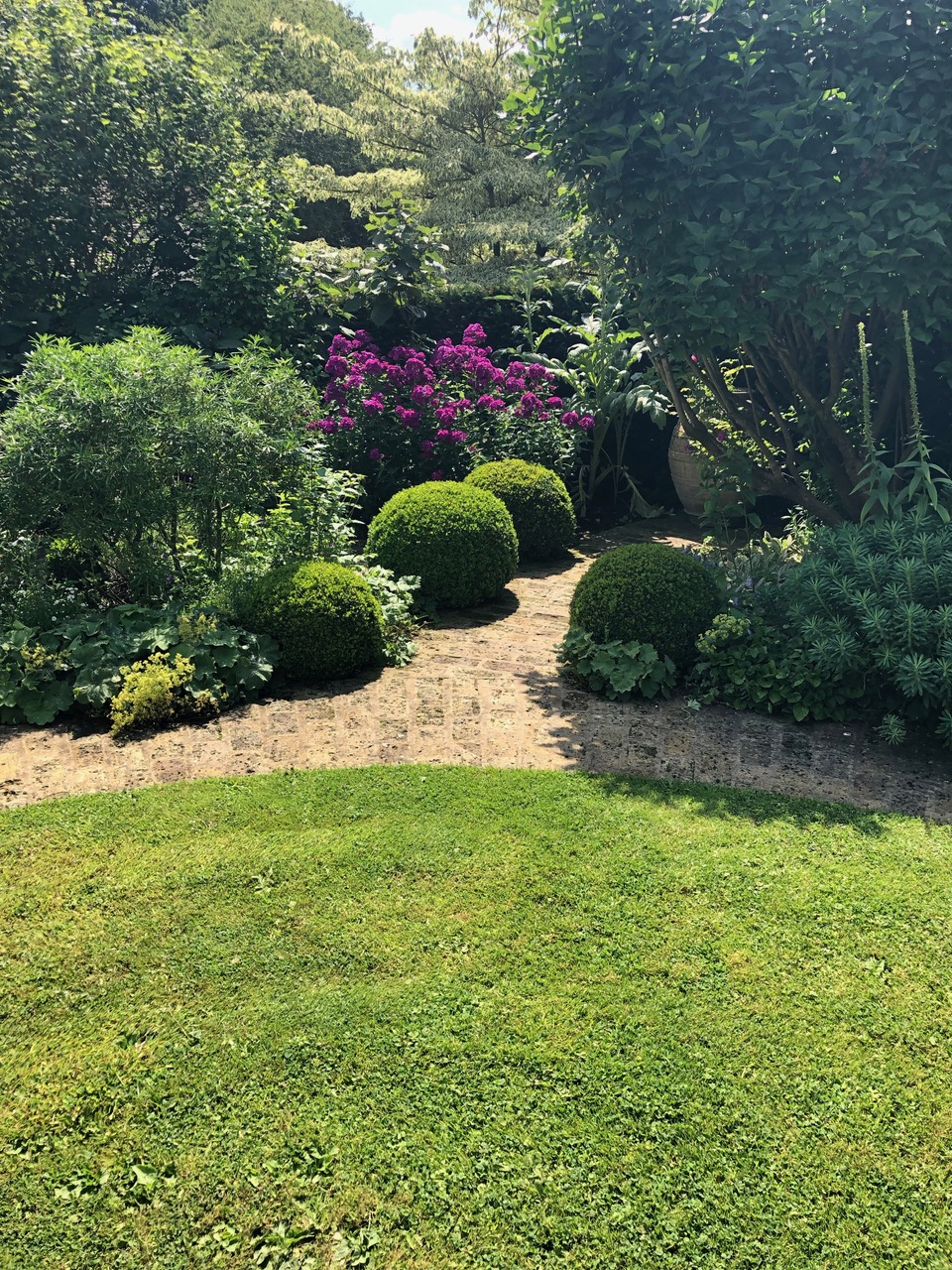
Plants, often our primary driver for gardening, can be employed to help us intensify atmosphere. Contrasting height and scale can be impactful, think of clever use of large leaved plants in small spaces, it challenges our sense of space often making a space look bigger. Colour has the same effect, romantic soft pastels, versus the bang and pop of vibrant reds, yellows oranges. Dark foliage creates depth of vision and can create a false depth and distance. White or variegated plants appear to create light in shady spaces when there is no more light there in reality.
To create an atmosphere, you will need to trigger some emotion from the viewer. You can do that by using design tools for instance creating tension in the scene we survey by closing down the viewers perspective and then opening it up again to add excitement. Think of a narrow set of steps, they look tight and create tension in the viewer. Not revealing all at once is another well used tool, the glimpse of more that beckons just round the corner or a glimpse through the trunks of a pleached hedge to a view you can’t quite see. As is marking changes in the space, think of tree sentinels at an entrance or chubby plants like Clipped topiary or Taxus balls acting as a full stop for the eye. Large expanses of a single plant or a wide-open horizon give a feeling of tranquillity. Feelings of coolness in the shade can be transmitted by a group of white flowers set next to a small water feature. When one sets out to create atmosphere intuition is often a best guide. Plants first and then decorative elements next and used together effectively to create a picture. Often placement is as important as the item itself. Using garden ornaments and pots judiciously can give us a

sense of place and time especially in a new garden. The impact is instant and often they are things of beauty in themselves but they can also have other added traits. Hostas housed in old coppers set a high on glorious plain stone columns do double work, the copper keeps away the slugs and snails and the plinth brings the foliage closed to the eye. Wrought iron gates are a thing of beauty in themselves but you can also use them to decorate a wall and add interest and weave plants trough them, who doesn’t like ironwork and climbers.
Garden ornaments provide emphasis and accent in the garden, urns, seats, statues, draw the eye, they are static solid objects and provide a contrast to the living plants around them and can contrast beautifully with a piece of topiary or a specimen tree.
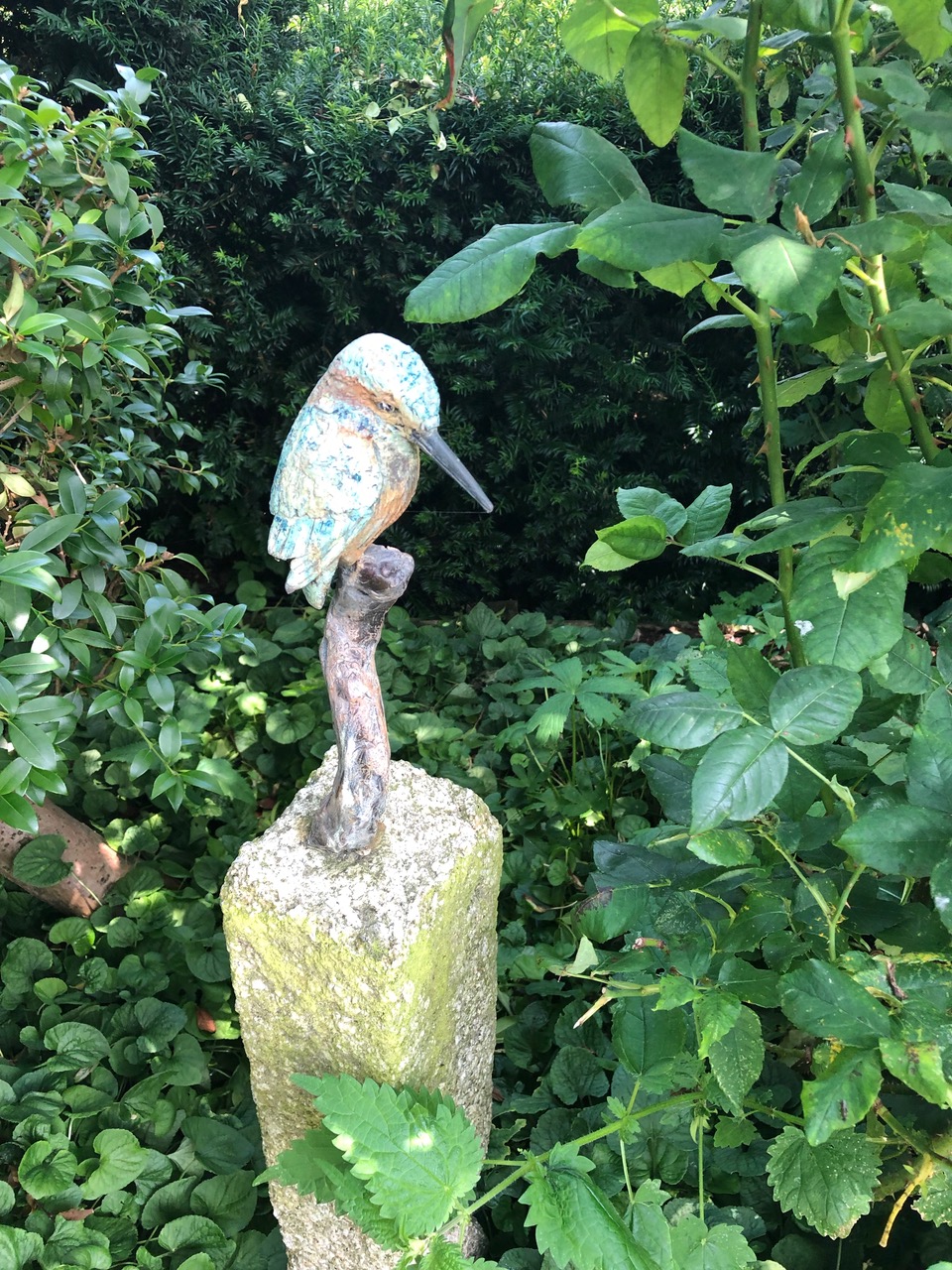 The choice is large and maybe the pocket is the more limited , but careful choice and judicious placement the physical object can be an instant success, plus you get to take it with you if you move which can’t be said for your lovingly tended plant friends when the time comes for pastures new.
The choice is large and maybe the pocket is the more limited , but careful choice and judicious placement the physical object can be an instant success, plus you get to take it with you if you move which can’t be said for your lovingly tended plant friends when the time comes for pastures new.
Sue Tymon
Sue is currently Chairman of the Mediteranian Plants and Gardens Group - MEDPAG.ORG
AUTUMN by Barbara Brooks
Autumn in my mind is the beginning of the year. It may be my mindset is still stuck in the school year cycle but the garden for me works in the same way. A time of reflection and relaxation after the madness of summer, a time to begin the plan for next year in a considered way with hours to mull and ponder. Nothing is a rush as time spent now in the garden is worth double time spent in the Spring.
We have opened the garden at The Coach House, Chiddingfold under the National Garden Scheme for a few years now and it was whilst reflecting on the summer opening from 2018 in that Autumn that I had the idea of starting a series of monthly workshops. I approached a good friend, Liz Rentzsch, who studied Garden Design at The English Gardening School with me and we began what has proved to be a really popular series of horticultural workshops here at The Coach House.
Liz is an amazing garden designer who has won a silver medal at RHS Hampton Court Palace Flower Show in 2013. Liz has years of experience in both gardening and garden design and between us we show exactly what to do, when to do it and give practical examples from my own working garden.
Each month focuses on the particular jobs being done over the next four weeks in the garden and includes demonstrations and a tour of the garden showing the highlights. We start with breakfast and a chance to ask questions and share experiences. Students learn how to look after their garden and plants to get the very best from each and every one all year long. The workshops are fun and interactive, and many new friends have been forged along the way.
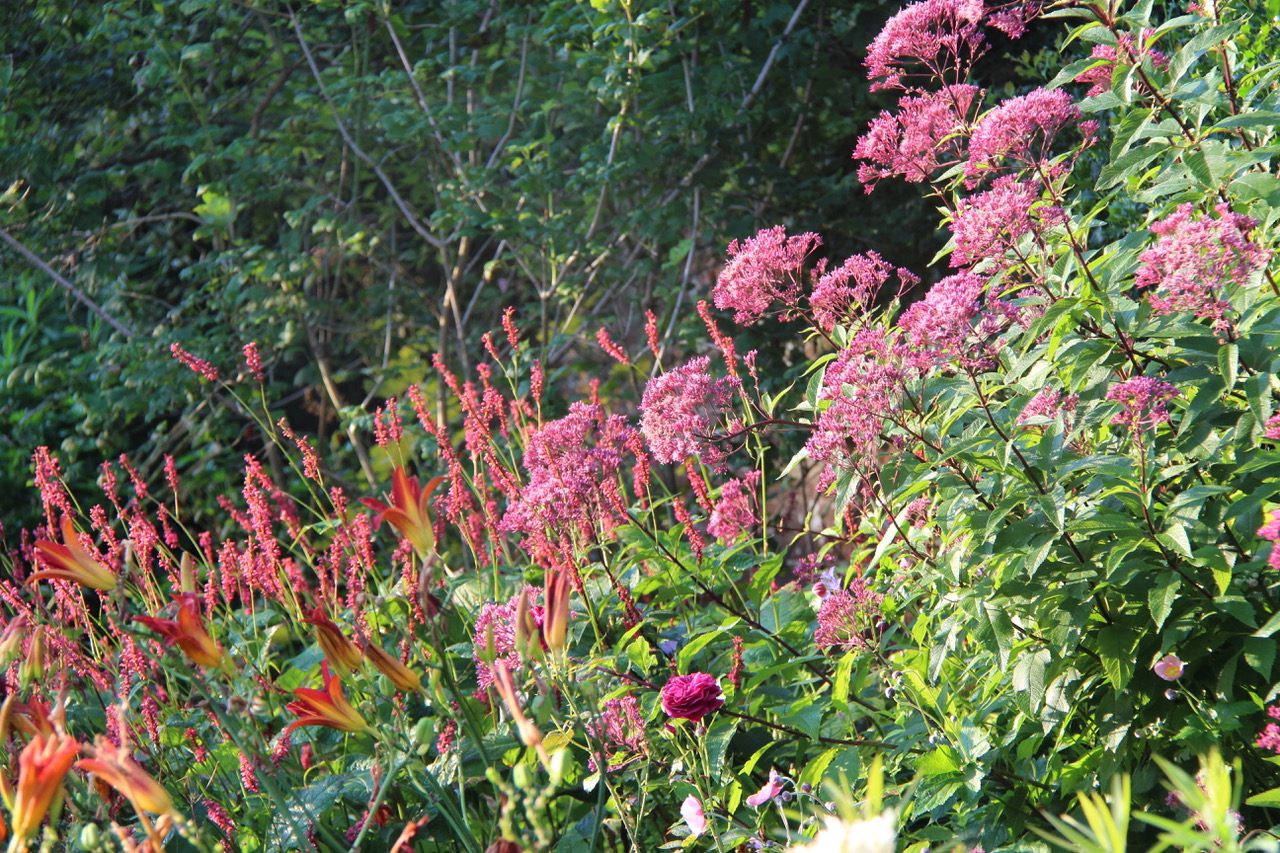
Next year we will repeat The Year in the Garden workshops series and are adding in a couple of full days on planting design. Students on the planting design workshop will arrive in the morning with their border on a piece of graph paper, a soil sample and some photographs and leave that afternoon with a border design suitable for that particular location and to their own taste. We are also adding some garden tours. Sign up to my newsletter on my website www.bbgardendesign.co.uk to be the first to hear about all the happenings here at The Coach House.
Liz and I have thoroughly enjoyed teaching the workshops and hearing and seeing all the improvements in everyone’s gardens. It is one of the most rewarding things I have done, and I love working with Liz so that’s just a bonus!
Barbara Brooks
B Brooks Garden Design
"Every block of stone has a statue inside it and it is the task of the sculptor to discover it"
Michelangelo
Rousham Park Gardens
Nr Bicester OX25 4QU
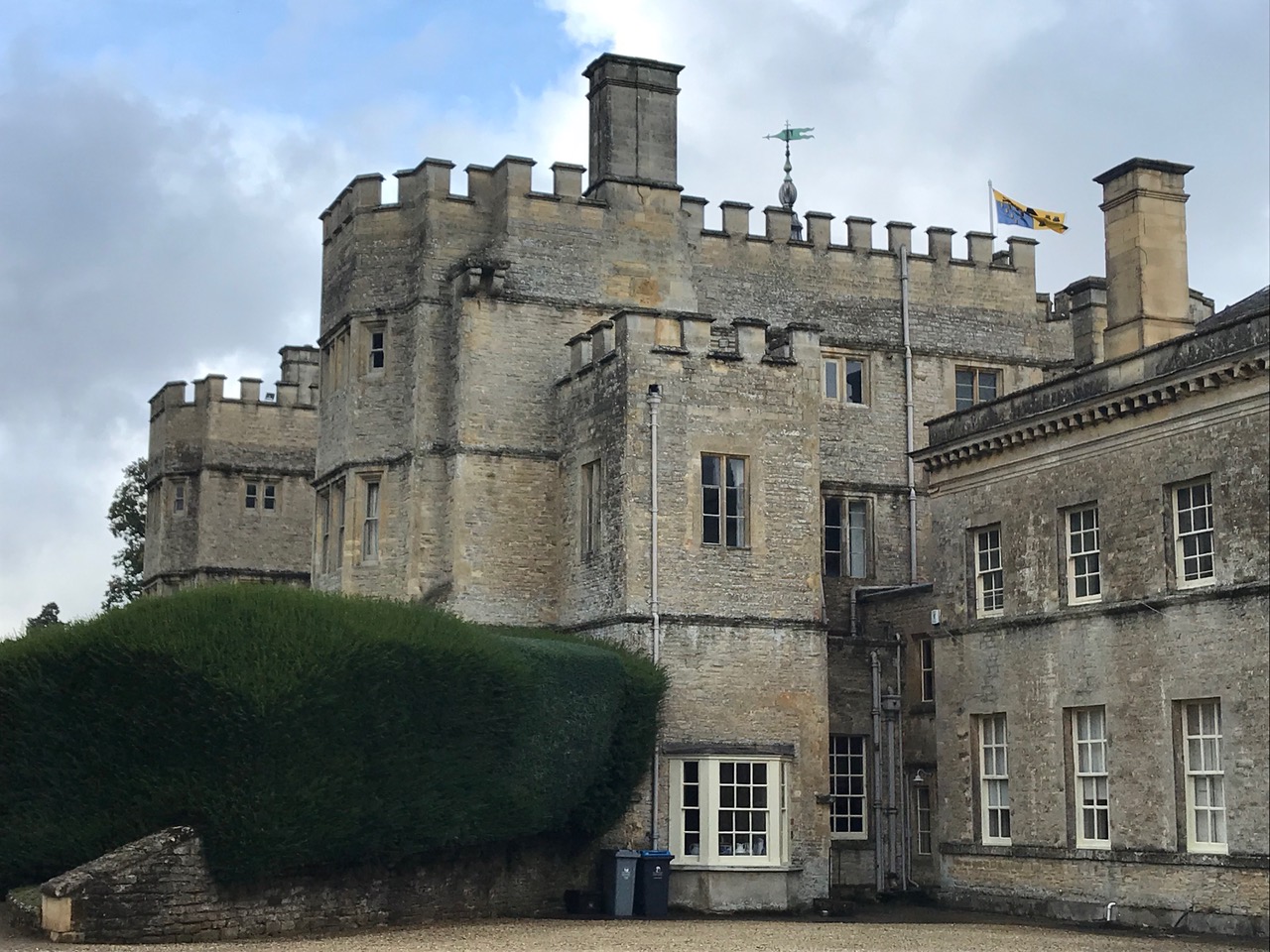
We recently visited this wonderful garden designed it appears by Charles Bridgeman who laid out Kensington Gardens and Stowe in around 1720 and later re-modelled by William Kent. It was an absolue joy and I fully recommend it to you.
The garden is described in the Rousham Park booklet we acquired there as "a rarity, an organic yet disciplined design, applying order loosely, yet lucidly, to a slice of English country, achieving an effect crystalling Nature."
Absolutely that....
The wonderful relaxed atmosphere of this place - so unusual to find. No people, no reception, a small payment on trust. It felt like we were lucky enough to catch a private view of a 18th century garden estate, as it was originally intended to be. Settled in and owned by nature.
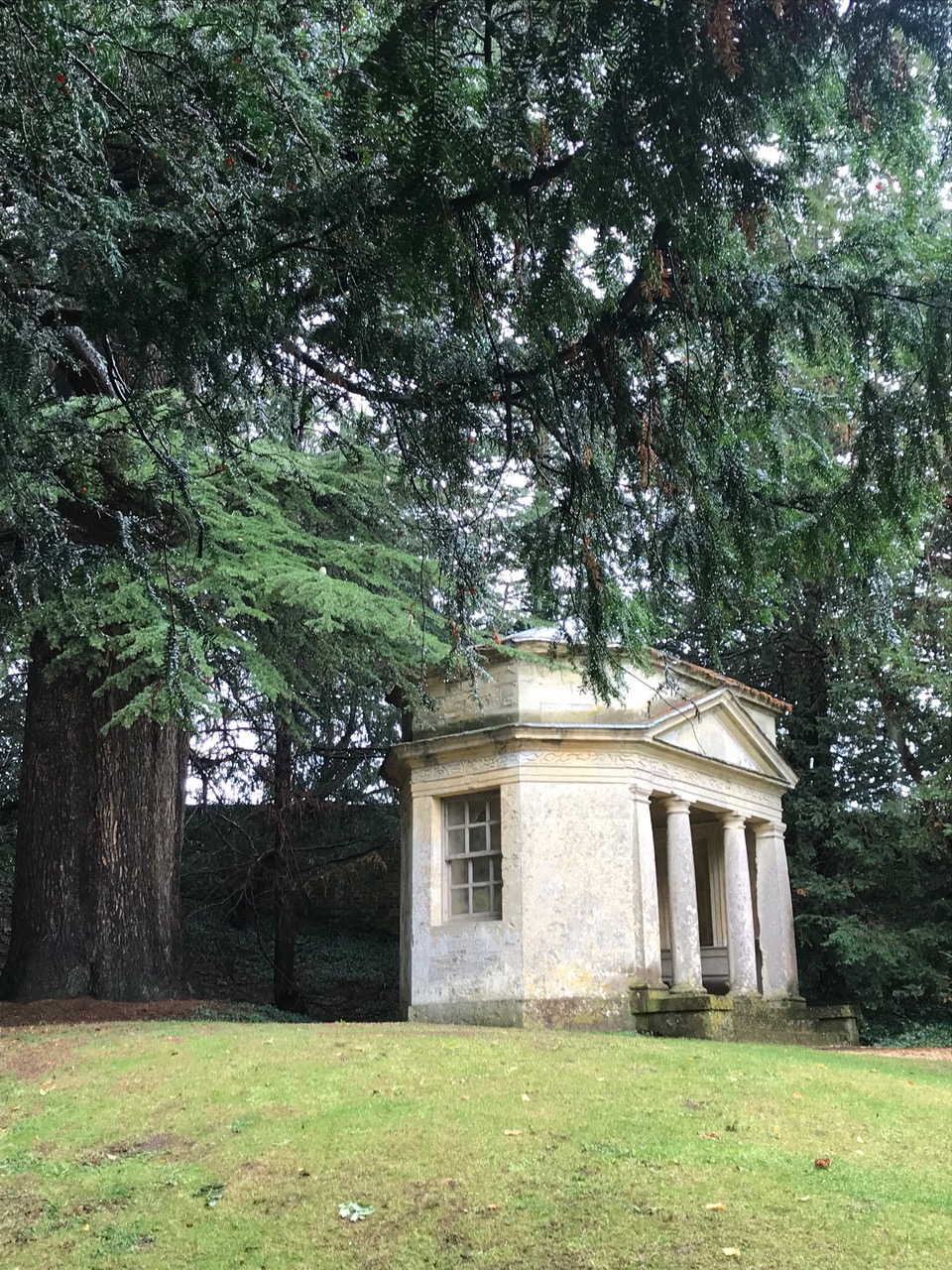
The huge mature trees, original lead statues by John van Nost which appear to be as if they were newly created - in such original condition. Stone stautes by Sheemakers - Dying Gladiator particularly has the most wonderful feel to it. It speaks to you.
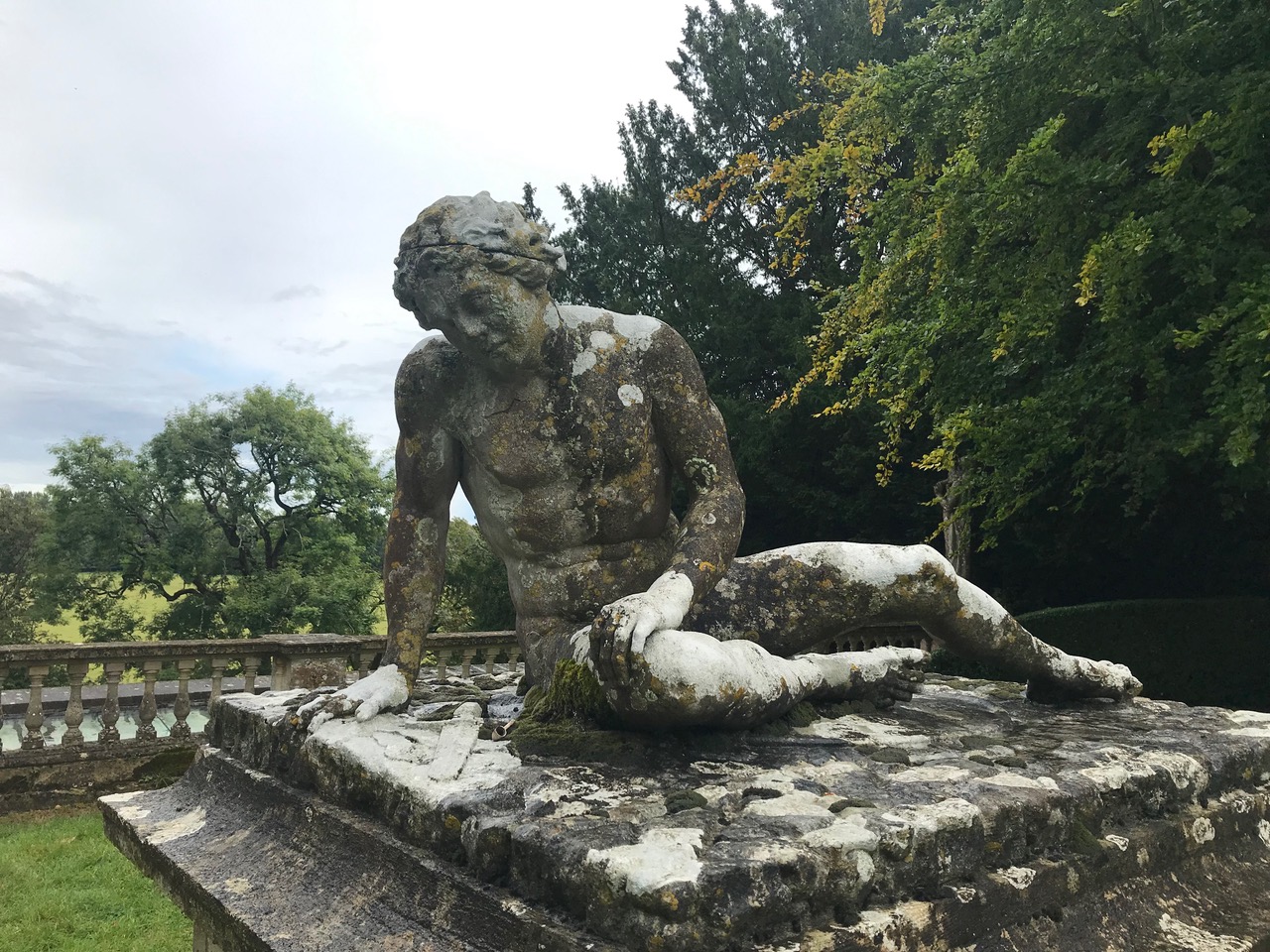
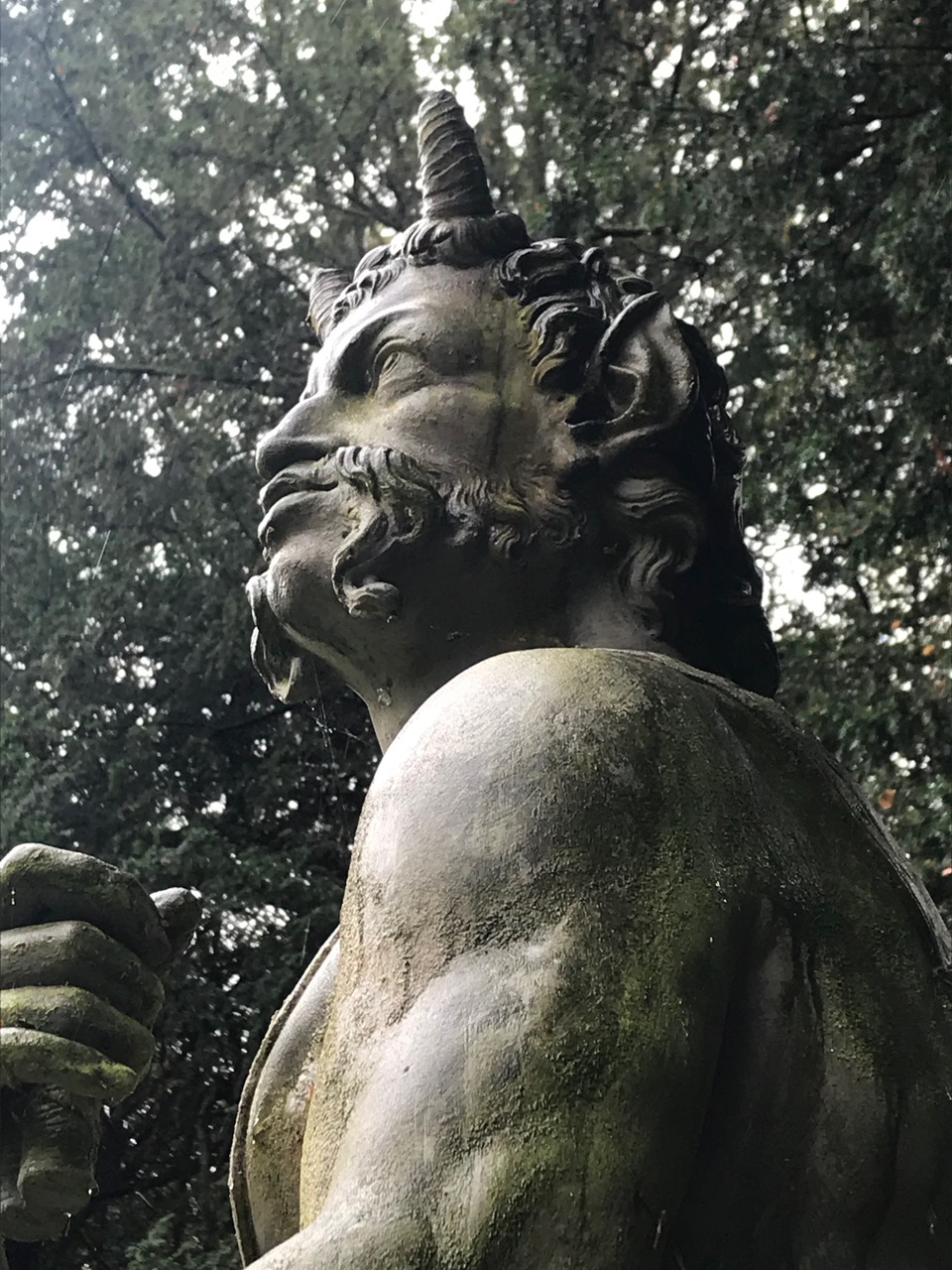
John van Nost - one of several figures
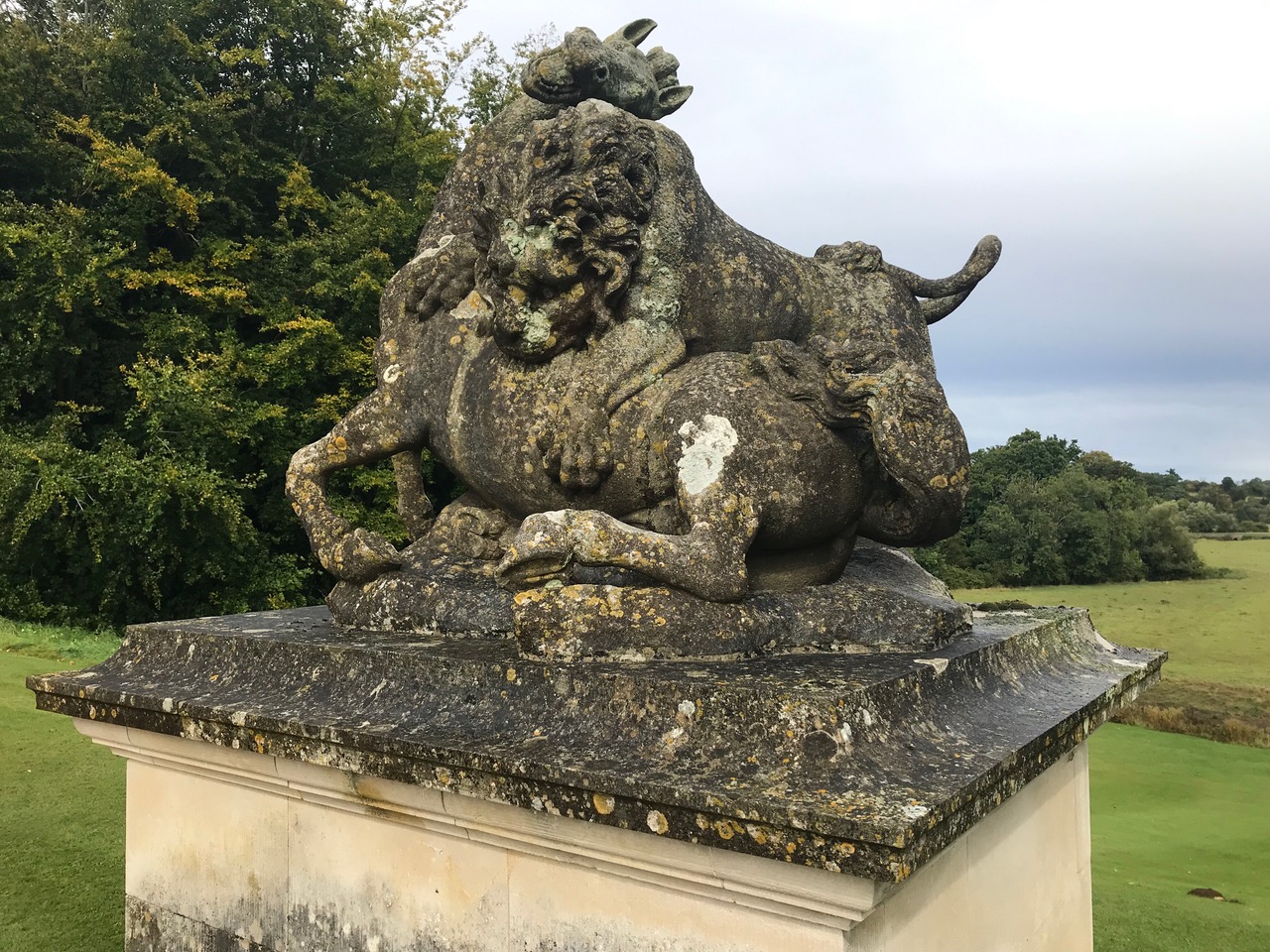
I love this place and will certainly return - it is good for the soul.
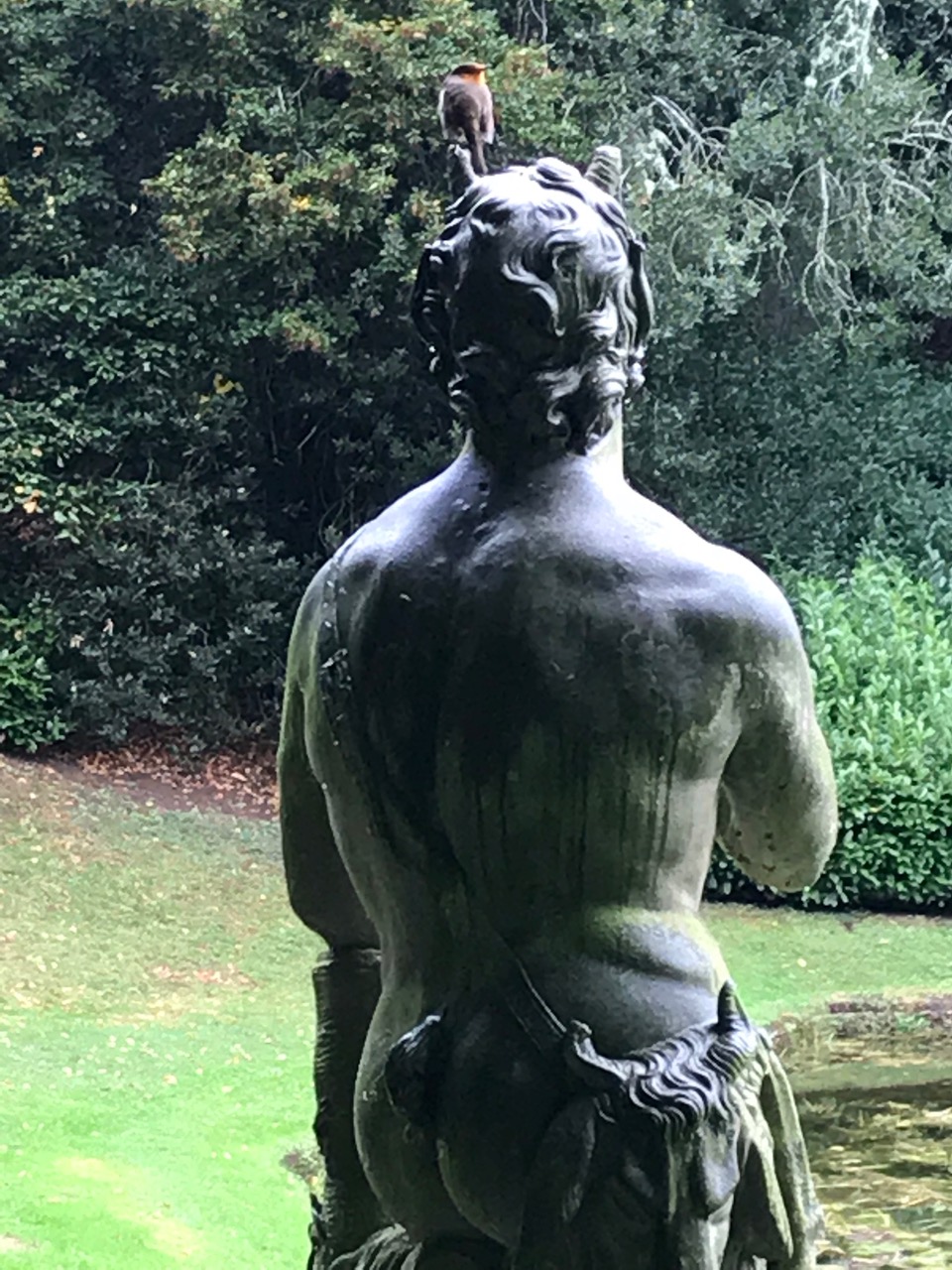
.... and of course the robin has the last word!
Autumn friends!
This little person was out feeding on our lawn this week in the middle of the day. A smallish hedgehog, it was getting around very well and eating the food we offered it but we noticed it was dragging its hind leg behind it.
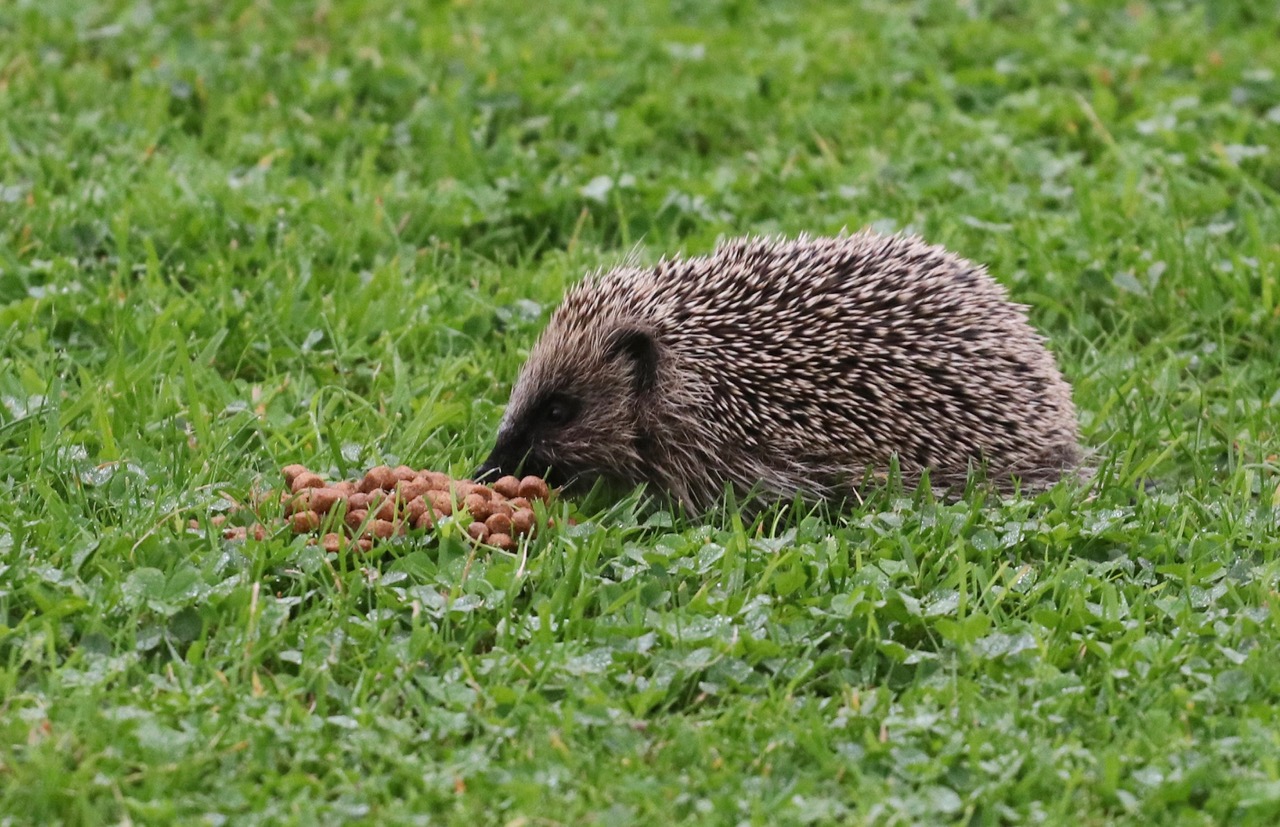
Malvern Hedgehog Rescue came to its aid last night and the lucky little hedgehog is now in safe hands for the Winter where it will get the care it requires until the Spring when it will be put back into the wild to carry on its life.
What an incredible service this Malvern Hedgehog Rescue offers the prickly wildlife of Worcestershire. I am sure there are many others across the country being as wonderful. I for one will certainly be giving my support to help these people.
Thank you
Statuary at J’s Garden Antiques
Boy with Dolphin
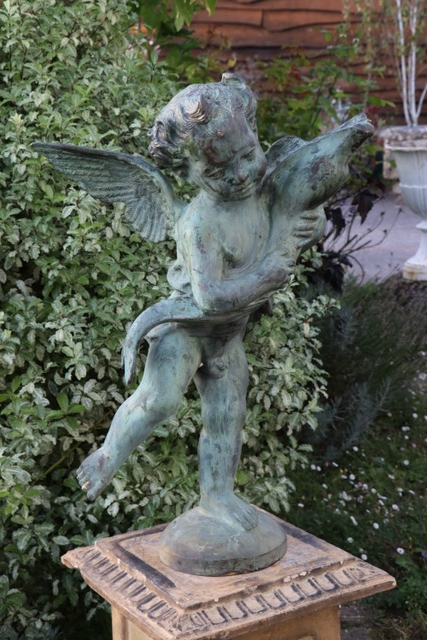 One of the most famous Renaissance sculptures from the 15th century is the Boy with Dolphin. The original Andrea del Verrocchio figure dates back to 1476 and can be seen on display today in Florence.
One of the most famous Renaissance sculptures from the 15th century is the Boy with Dolphin. The original Andrea del Verrocchio figure dates back to 1476 and can be seen on display today in Florence.
Andrea del Verrocchio was born in 1435. He was Italian and a hugely respected artist. He was a painter, a sculptor and a goldsmith. He famously had other important artists as pupils at his workshop in Florence through which it is said he ‘inspired and influenced’ talent and the work of artists such as Leonardo di Vinci and Lorenzo di Credi. Other famous names such as Francesco Botticini, Domenico Ghirlandaio and Pietro Perugino were also involved with his school of art. Verrocchio is mostly known for his sculpture.
J's Garden Antiques currently have in stock a really lovely 19th century bronze figure, after the original of the Boy with Dolphin, which is beautifully crafted and plumbed for water as a fountain. It does not need to be for water - the figure on its own is charming - so we are offering it for sale teamed with a 19th century stoneware pedestal. Stk No. 3795. This can be found on our website www.jsgardens.co.uk
Lead Putto – believed to date back to the 18th century – Young Ares God of War perhaps
We are really pleased to be able to offer this wonderful putto figure. The quality of the casting, the style and detail of the figure all point towards it being 18th century. The sword is a particularly nice feature of this. It screws neatly into the open palm of the hand. The handle is bronze. He is finely displayed on a befitting pedestal – granite, strong and tall.
It is difficult to be sure of the maker of this figure. It is very much in the style of John van Nost the Elder from the early 18th century. It is probably however a slightly later piece from the mid to late 1700s. There were many highly regarded sculptors in lead at that time. Van Nost’s principal assistant at his workshop in London was Andrew Carpenter who worked in lead in the early 1700s. John Cheere took over van Nost’s moulds and his business after his death and had a workshop famously at Hyde Park Corner in the centre of London.
This figure is in very good condition. There is slight flattening to a cheek and ear on one side but really very little. Just life. This can be found on our website – Stk No. 3796 www.jsgardens.co.uk

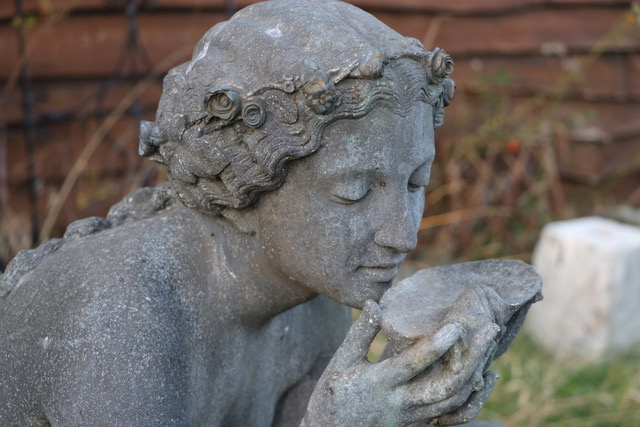
'La Source' bronzed zinc lifesize figure.
D shaped troughs – wonderful water features or planted gardens
When I am specifically looking for D shaped stone troughs for water features I cannot find them for love nor money. We currently have a selection of three real beauties. Varying sizes, each working really well as a water feature if teamed with a lead pump hopper or other spout from a wall; or equally beautiful as a planted trough. Each individually different and hand carved English stone troughs. Stk nos 3802, 3748 and 3754.
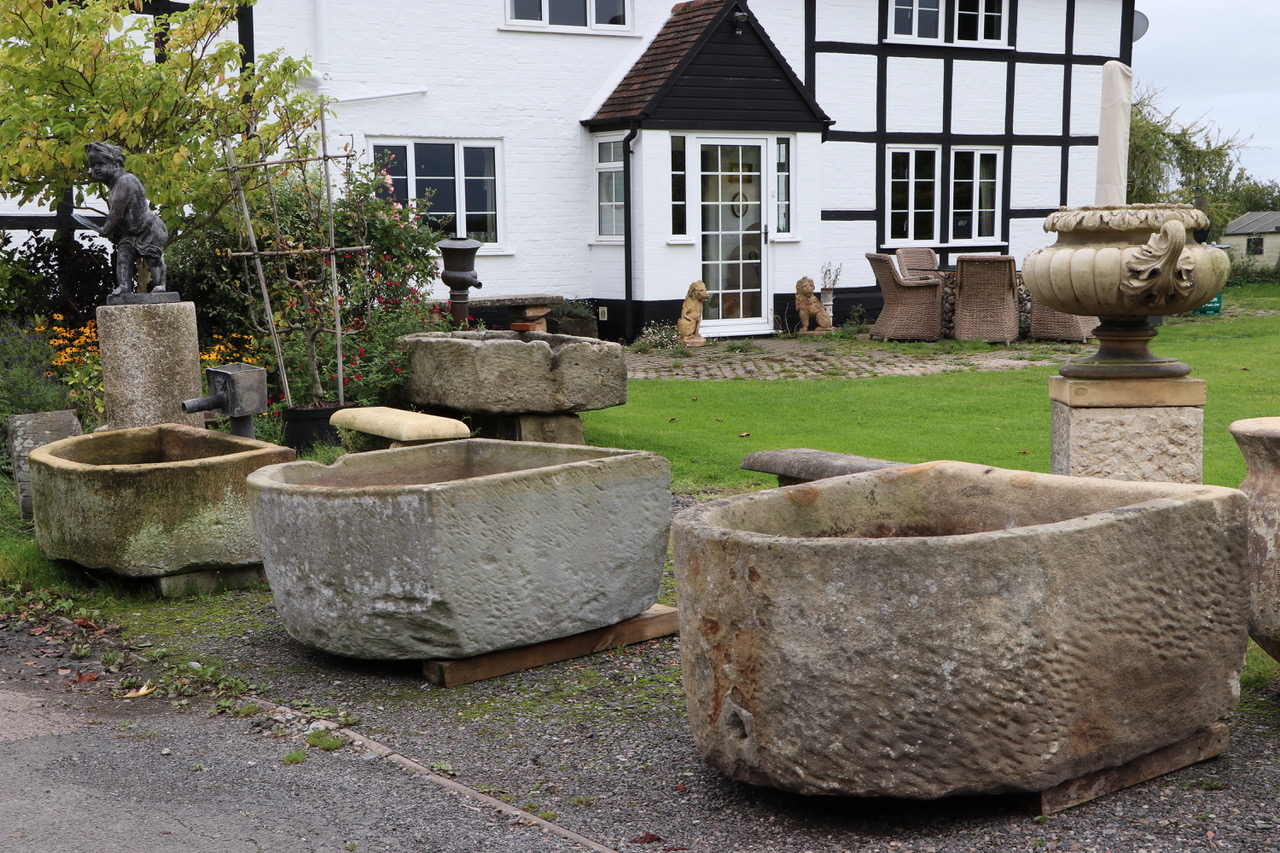
And finally ..................
Autumn is very much here in Worcestershire




 The choice is large and maybe the pocket is the more limited , but careful choice and judicious placement the physical object can be an instant success, plus you get to take it with you if you move which can’t be said for your lovingly tended plant friends when the time comes for pastures new.
The choice is large and maybe the pocket is the more limited , but careful choice and judicious placement the physical object can be an instant success, plus you get to take it with you if you move which can’t be said for your lovingly tended plant friends when the time comes for pastures new.









 One of the most famous Renaissance sculptures from the 15th century is the Boy with Dolphin. The original Andrea del Verrocchio figure dates back to 1476 and can be seen on display today in Florence.
One of the most famous Renaissance sculptures from the 15th century is the Boy with Dolphin. The original Andrea del Verrocchio figure dates back to 1476 and can be seen on display today in Florence. 




